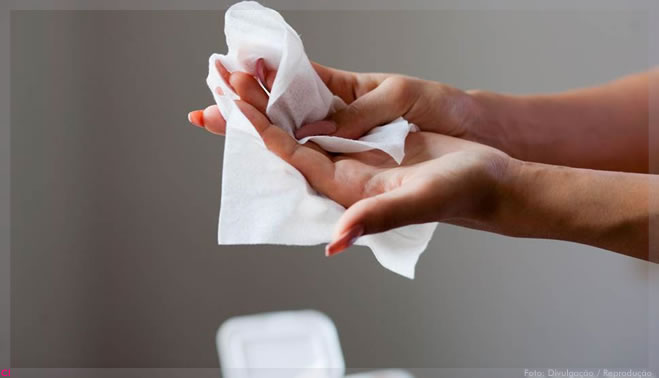Coronavirus Impact Series: Packaging

COVID-19 has impacted the lives and livelihoods of billions of people in a brief span of time and has demanded that industries reassess their assumptions and practices. The beauty industry is no exception, nor is its approach to packaging.
Core to this reset in thinking is safety. For the consumer, this increasingly focuses on hygiene. “The speed of the virus’s spread has highlighted the level of connectedness in society—and the associated risk,” noted a recent analysis from McKinsey & Companya. “Brands should consider the implications for their strategy and communications” including “reassessing manufacturing processes and packaging.”
How might this crisis reshape brand strategies, designs and processes around beauty and personal care packaging? We have a few initial insights.
Single-use/disposable
No one’s saying sustainability no longer matters. In fact, just the opposite is true. That said, per McKinsey & Company, “[c]onsumers who have become more price-sensitive or more concerned about hygiene may favor single-use packaging.”
Prior to the pandemic, single-use, throw-away products, including (non-biodegradable) wipes and other small-format products had gained negative press for their impact on the environment.
Now, however, these formats may suddenly be attractive to a populace eager to maintain hygiene and avoid contamination associated with multi-use products. How widespread this sentiment is or how long it might last is open to interpretation. In the near-term, however, shoppers may be temporarily revising their values.
• Solutions: wipes, mono-dose, sample-sizes
Hands-free
Touching foreign surfaces is an increasingly unpalatable proposition for most consumers. Packaging trends such as refillable or no-packaging formats may, therefore, experience some challenges unless they can in some way address hygiene concerns. It may also be a boon for all manner of protective wrapping to keep products pristine until the moment they are opened by the user.
Just as important, many beauty shoppers may seek out solutions that allow them to avoid touching their faces—a big CDC no-no and contributor to user-generated product contamination. Solutions that prevent touching to pick up or apply products could, therefore, enjoy a rise in interest.
• Solutions: sticks, pads, hygienic/easy-to-clean tools (ex: anti-bacterial makeup sponges)
Contact-free
One level up from hands-free, contact-free formats allows consumers to apply the product without touching their face or the formulation at all. This is where sprays and similar formats can offer direct application from package to face/body.
• Solutions: sprays, mists
Formula protection
A recent analysis from HatchBeautyb argued that consumers seeking value and safety alike would increasingly seek solutions that support extended shelf life and formula integrity. (This could also prove to be a boon for some “safe synthetics” and preservative systems that support these goals.) Consumers seeking long-lasting products and protection from bacterial contamination will, therefore, flock to formats that provide peace of mind.
• Solutions: Airless packaging, water-free formulations
Supply chain rethink
Packaging, like the rest of the supply chain, has experienced disruptions since the start of the pandemic as various regions closed or restricted manufacturers and as international shipments slowed or halted.
Hand sanitizer demand has tied up some production lines, extending lead times for packaging to as much as 20 weeks. There have also been anecdotal reports of an uptick in the purchase of stock items.
Longer-term, however, brands and their supplier partners will likely review strategic redundancies, employee safety practices, automation opportunities, localized manufacturing and warehousing, and other strategies that can withstand disruptions.
Source: GciMagazine 01.06.2020

Agradecemos a leitura, compartilhe!